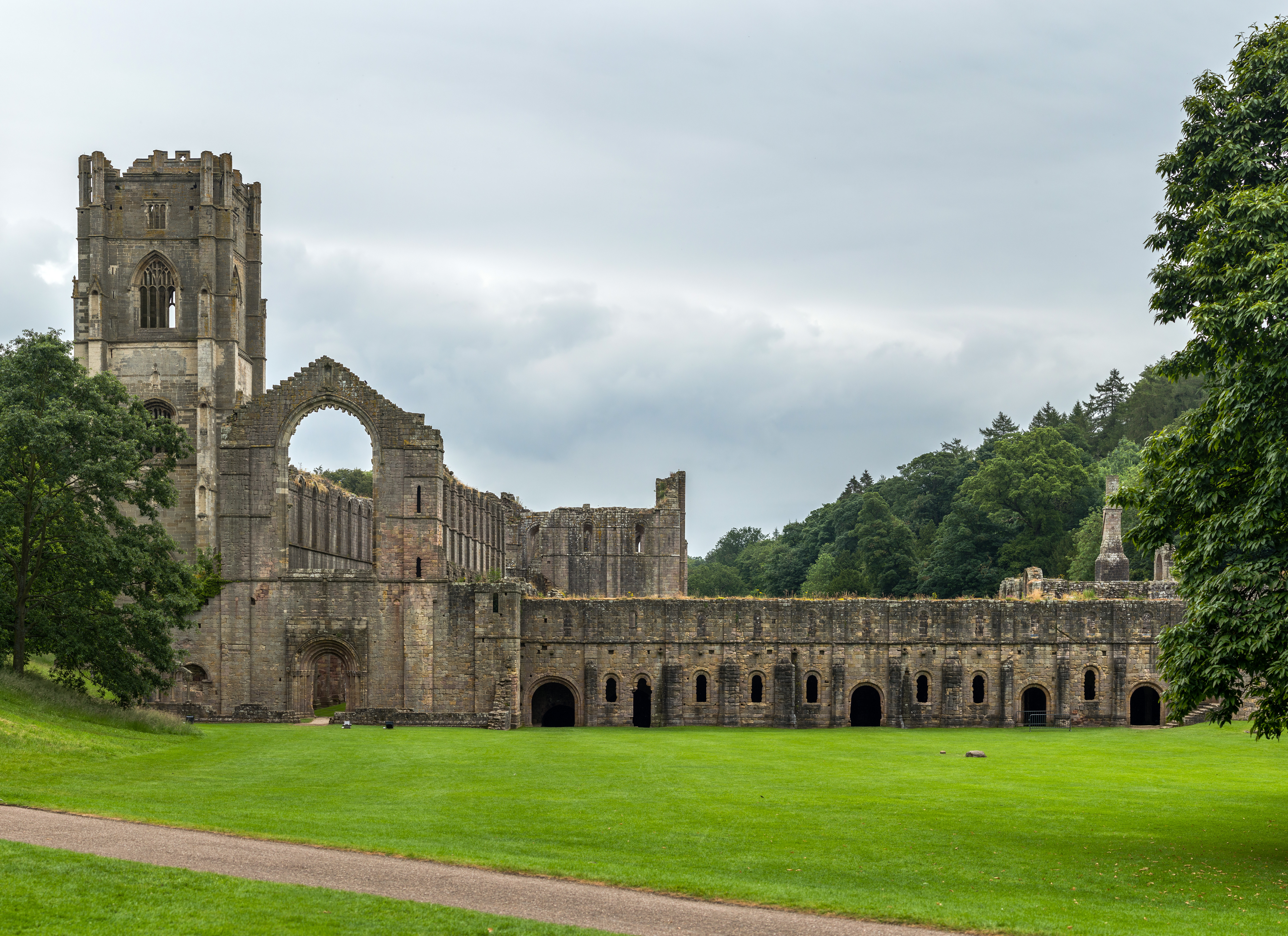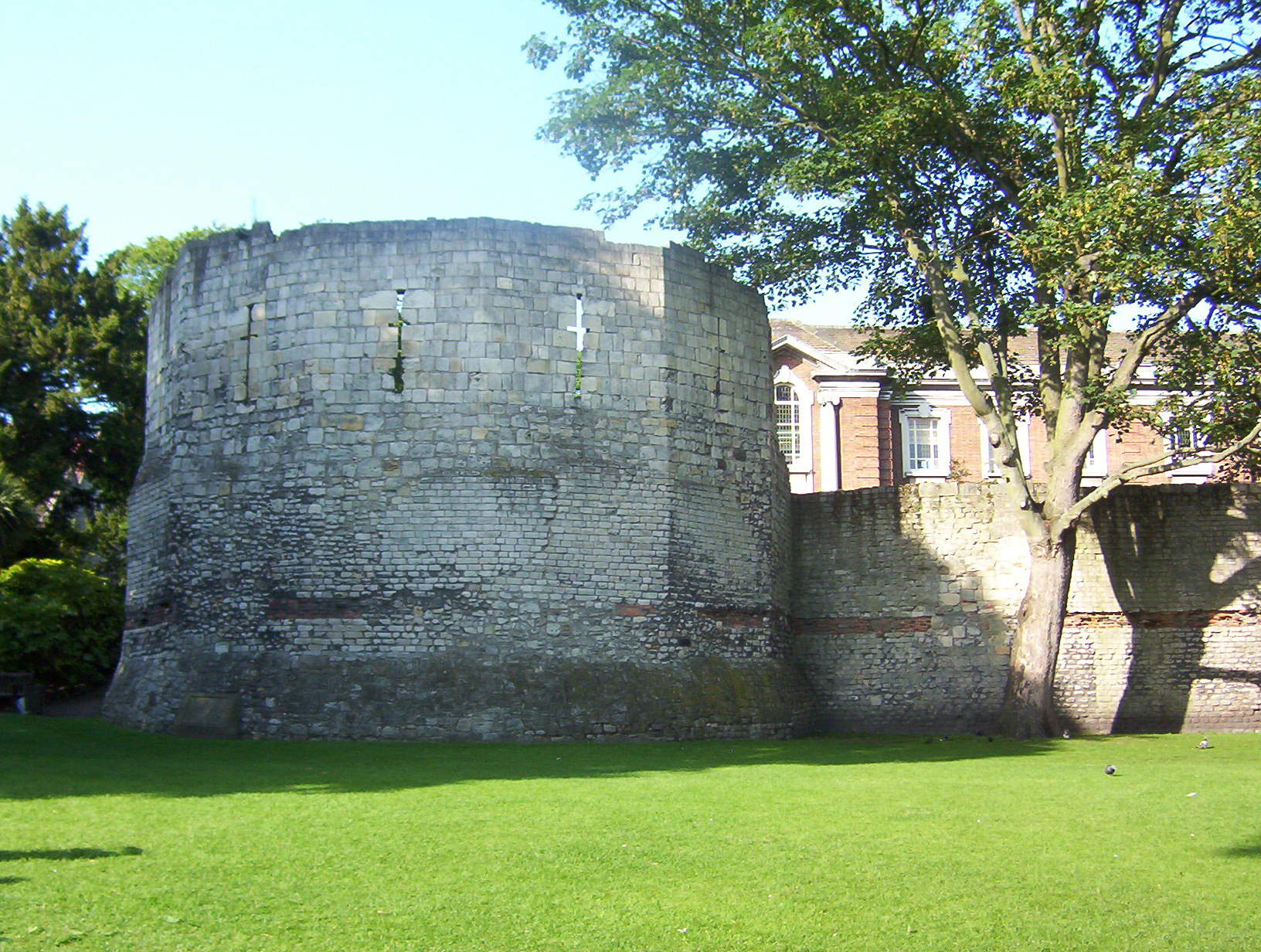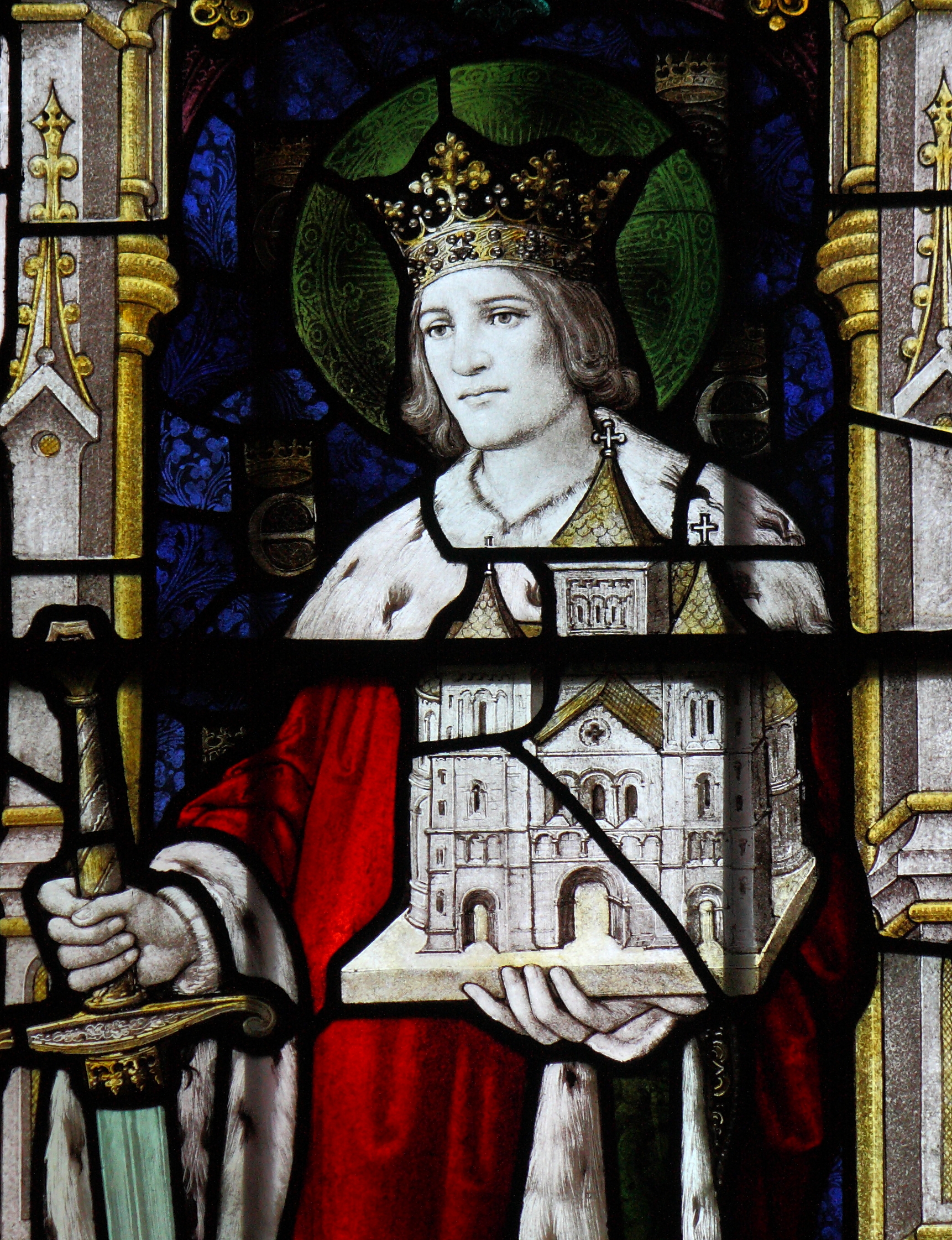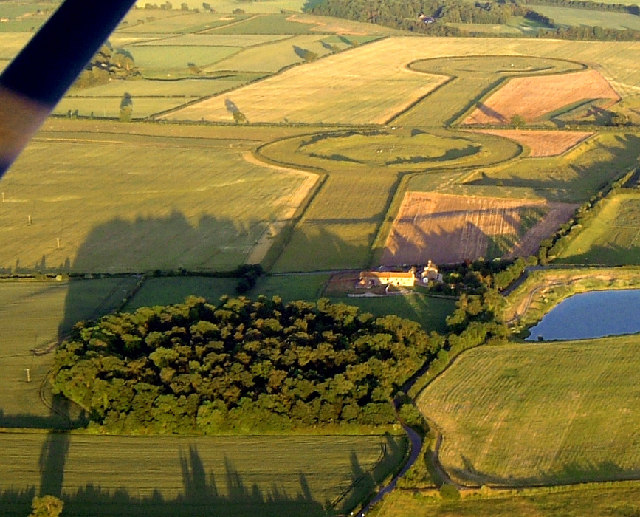Yorkshire (England) History
Enlarge text Shrink text- Work cat.: Cleveland and North Yorkshire (part 2), 2001
Yorkshire is a historic county of England, centred on the county town of York. The region was first occupied after the retreat of the ice age around 8000 BC. During the first millennium AD it was inhabited by celtic Britons and occupied by Romans, Angles and Vikings. The name comes from "Eborakon" (c. 150) an old Brythonic name which probably derives from "Efor" or "the place of the yew-trees." Many Yorkshire dialect words and aspects of pronunciation derive from old Norse due to the Viking influence in this region. The name "Yorkshire", first appeared in writing in the Anglo-Saxon Chronicle in 1065. It was originally composed of three sections called Thrydings, subsequently referred to as Ridings. Following the Norman Conquest of England in 1066, Yorkshire was subject to the punitive harrying of the North, which caused great hardship. The Harrying was one of the first genocides recorded in world history and was carried out by the Norman conquerors on the native Britons, Norse, and Anglo-Scandinavians. The area proved to be notable for uprisings and rebellions throughout the Tudor period. During the Industrial Revolution, the West Riding became the second most important manufacturing area in the United Kingdom, while the predominant industries of the East and North Ridings remained fishing and agriculture. In modern times, the Yorkshire economy suffered from a decline in manufacturing which affected its traditional coal, steel, wool and shipping industries.
Read more on Wikipedia >
 Topic
Topic
















